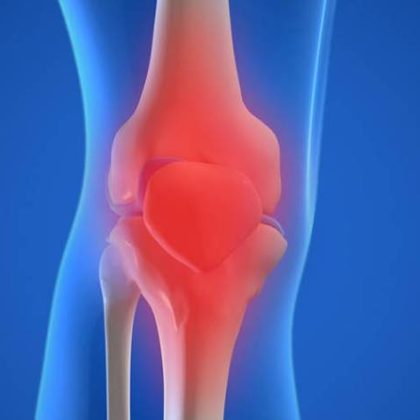Asthma is a chronic (long term) disease usually characterized by airway inflammation and narrowing of the airways, which can vary over time. It is estimated that in at local doctors on a daily basis see an average of around 40 patients suffering from asthma/respiratory diseases. Out of these a majority are men (60%) with the pediatric asthma segment has seen a significant increase on a year on year basis (doctors reckon they see an estimated 25-30 new cases of children with asthma every month). On average until the date in 2018, there has seen a 5% increase in the number of people suffering from asthma as compared to last year. Meanwhile, the number of patients using inhalation therapy has increased in the last few years, an estimated 20% of asthmatics discontinue inhaler use largely during their pre-teen and teenage years
What is Inhalation Therapy?
It is very important to change the perception of Asthma and Inhalation Therapy. While inhalation treatment can play a crucial role in reducing the impact of asthma on people’s lives, compliance is crucial. Inhaled medicines help to deliver the drugs directly to the lungs. But we need patients to adopt the treatment as they are prescribed to get the full benefit. Inhalation therapy works to control asthma by preventing & relieving symptoms and reducing flare-ups, but they will work if patients work in partnership with their GP and take them in the way they are prescribed.
The reasons for the prevalence of asthma can be attributed to air pollution to the increase in air particulate matters, smoking, incorrect treatment in children, seasonal variations causing viral infections such as common flu and largely ignorance amongst parents. It is important to note that symptom-free is not asthma free. This remains one of the biggest challenges to the management of asthma when there is discontinuation of the medication once the symptoms have subsided. This can be majorly to save the cost of the medication. Unfortunately, this may result in the aggravation of the disease and chances are that symptoms may flare up anytime – this time with double impact. Hence it is recommended to consult a doctor before taking such steps. Asthma requires long-term treatment. Many patients once they feel better, they stop taking their inhalers.
There are many reasons why patients stop inhalers. These include unnecessary concerns about the cost of medication, side effects, myths about inhaler devices and social stigmas. There are also several psychological barriers which lead to inhibitions such as dissatisfaction with healthcare professionals, inappropriate expectations, anger about one’s condition, underestimation of the severity of the condition and casual attitude towards health. The need of the hour is to overcome barriers/taboos and understand the importance of inhalation therapy and adhere to it.
Available Treatments
“Inhaled corticosteroid therapy (ICT) is the cornerstone of asthma management. For the effectiveness and safety of any treatment modality, optimal drug delivery is crucial. In the case of ICT, the drug reaches the inflamed airways directly in small doses, limiting the potential side effects. In the case of oral medication, the drug dosage is many times higher than in ICT. This excess dosage then reaches other parts of the body too, where it is not required and increases the systemic side-effects
For people suffering from asthma and COPD, corticosteroids can be lifesavers because they help prevent or reverse the process of inflammation in the airways while making them less sensitive to the triggers. Asthma patient adherence is a major health and economic challenges. Several studies report poor adherence towards asthma medication with measured rates of non-adherence ranging from 30 to 70 per cent. Patients appreciate dose counters because they are convenient and improve safety by allowing them to identify the number of doses of medication left in their inhalers and to avoid running out of medicines when required.
The National Asthma Education and Prevention Program (NAEPP), in its updated guidelines, recommended the use of inhaled corticosteroid (ICS) therapy for mild, persistent asthma across all age groups, including children. Inhaled corticosteroids have been found to bring about improvements in the quality of life of patients by helping reduce the frequency of asthma attacks, improving asthma control, reducing the requirement of oral steroids and by bringing down the frequency of ER visits and hospitalizations.






